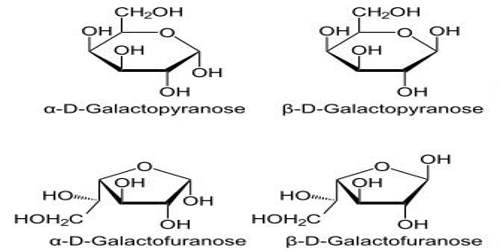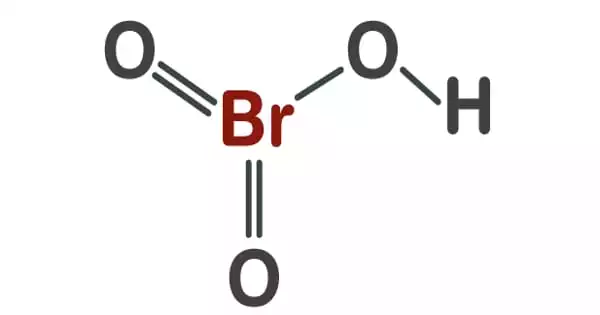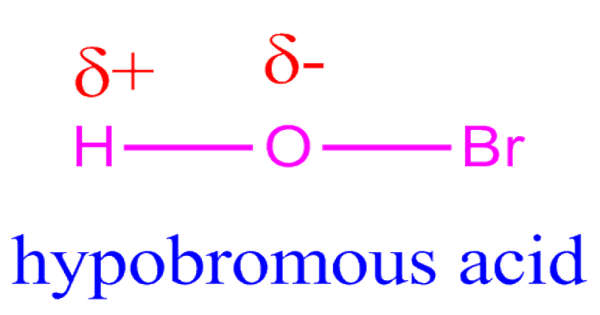Galactose
Definition
Galactose is a monosaccharide commonly occurring in lactose and in certain pectins, gums, and mucilages. Its chemical formula: C6H12O6. It is a monosaccharide sugar that is less sweet than glucose and fructose. It is a C-4 epimer of glucose. It is usually found in nature combined with other sugars, as, for example, in lactose (milk sugar). Galactose is also found in complex carbohydrates (see polysaccharide) and in carbohydrate-containing lipids called glycolipids, which occur in the brain and other nervous tissues of most animals.

Galactose is not an essential nutrient, which means we do not need to get it from food to be healthy; galactose can be synthesized in the human body from glucose. Galactose is absorbed in the small intestine by the same mechanism as glucose that is by the help of SGLT-1 and GLUT-2 transport proteins in the small intestinal lining.
In the rare genetic disorder glucose-galactose malabsorption, the absorption of galactose and glucose is reduced.
Sources, Structure and Functions of Galactose
Galactose is an aldohexose that occurs naturally in the D-form in lactose, cerebrosides, gangliosides, and mucoproteins. The main dietary source of galactose is lactose from milk and yogurt, which is digested to galactose and glucose. Foods containing small amounts of free galactose include low-lactose or lactose-free milk, certain yogurts, cheeses, creams, ice creams and other foods artificially sweetened with galactose. Plain natural foods (fruits, vegetables, nuts, grains, fresh meats, eggs, milk) usually contain less than 0.3 g galactose per serving.Certain medications may contain galactose as filler.

Galactose exists in both open-chain and cyclic form. The open-chain form has a carbonyl at the end of the chain. Four isomers are cyclic, two of them with a pyranose (six-membered) ring, two with a furanose (five-membered) ring. Galactose is a monosaccharide. When combined with glucose (monosaccharide), through a condensation reaction, the result is the disaccharide lactose. The hydrolysis of lactose to glucose and galactose is catalyzed by the enzymes lactase and β-galactosidase. The latter is produced by the lac operon in Escherichia coli.
In the human body, most of the ingested galactose is converted to glucose, which can provide 4.1 kilocalories per gram of energy, which is about the same as sucrose.
Galactose can bind to glucose to make lactose (in breast milk), to lipids to make glycolipids (for example, molecules that constitute blood groups A, B and AB), or to proteins to make glycoproteins (for example, in cell membranes).
Galactose Metabolism
Lactose hydrolysis by intestinal lactase leads to Gal release, together a glucose molecule. It is a β-(1→4)-glycosidic reaction. Lactase activity is present in a multifunctional enzyme containing also an active site capable of hydrolyzing milk glycolipids (ceramides to yield fatty acids and sphingosine). Also bacterial β-galactosidase in yogurt is able to convert milk sugar into its constituent monosaccharides.
Most of the absorbed galactose enters the liver, where it is mainly converted to glucose, which is then either incorporated into glycogen or used for energy.
Reference:
















